This post is part of the series – The Beginner’s Guide To Fitness In A Busy Life.
Contents
3.1 The Basics of Staying on Track and Planning Investments Better
The first reason most people do not workout is mainly because of busy schedules. The second reason is however, the lack of fun and motivation associated with each exercise session. Either they are not able to enjoy it, or they get discouraged midway.
Many who took up a specific exercise plan and continued it for long enough, have emphasised on the role of ‘journaling’. It serves as a reminder of the commitment you made with yourself. But most stay away from eating junk for the fear of looking bad in their personal notebook.
So we created a daily nudge for you in the form of a “Planning Worksheet” that would help you stick to your personal exercise plan. Get a printout and fill it.
Then, put it at a place where it can constantly remind you of your health resolution. Apart from that, in this section we’d be discussing a few things that have helped many find exercise fun and stick to it in the long run.
1. Plan ahead but not too far ahead
Refrain from planning for a month in advance. What you feel in the beginning of the month might not stay till the end of it. So, plan only for a week. This saves time and the stress of figuring out what you are going to do today. Also, it helps maintain necessary gap between similar sessions.
Add unique activities you can make time for this week, like playing with your kid, shadow boxing, bowling, or a 15 minute bike ride. These would keep things fresh for you. Every week remove the weak points, things which you thought might work out but were difficult to keep up with. And star the ones which worked out nicely.
2. Pedometer pump
This is a general observation that nothing motivates better than measurable results. A medical review of 26 studies concluded that when people used a pedometer, their physical activity was raised by 27%. Most people took more than 2100 steps ‘extra’ each day.[1] This was obviously followed by an improvement in BMI and waist circumference, thus indicating an overall positive impact on health.
So while we are advising against jumping on to buy almost every health gadget, investing in a pedometer might prove to be a good idea. Once you do that, aim for a 100 steps per minute. Walk for 30 minutes either at once or in short chunks of 10 minute each. The device would keep you moving.
You can either install an app like Endomondo where you can view your real-time stats – distance, speed, calories burnt – on the screen, take part in organized local events.
Or you can buy a separate Pedometer gadget and keep things simple.
WT a.k.a. Workout Trends Team Recommends:
- Fitbit Flex Wireless Activity + SleepWristband
- Omron HJ-303 Pocket Pedometer
- Fitbit Zip Wireless Activity Tracker
3. Connect With Community
Connect with an online community to keep track of your progress. These people unlike your relatives, would not judge you for your choices or cravings. They understand the demands and difficulties of a fit lifestyle. Hence, they’ll provide you ample support and valuable tips from their experience, so you could stick to every bit of your schedule.
While the app, Endomondo mentioned above will help you walk more than usual, it can also connect you to a very supportive online community of like-minded people. Another such appreciated community is “My Fitness Pal”. Here you can maintain your daily caloric consumption and expenditure log, find fitness friends and get advice on confusing matters.
The essential tools you will need in your first month are:
- Calendar
- Good shoes
- Planning Worksheet
3.1.1. Calendar
Google calendar app with its easy and clean user interface, and great features like easy rescheduling, reminders and ability to merge different categories of calendars is your best bet here.
3.1.2. Good Shoes
Ever wondered why there are so many sports injuries like twisted ankle, sprain in hamstring etc. We need a solid base to be able to perform at our best in sports and exercise. And that is where the right selection of shoes comes in, without which injuries are bound to happen. Keep in mind the following points while buying shoes for a specific activity:
Running:
If you have a flat foot, consider one that provides least arch, while those with deep arch, and should go for higher cushioning in the middle. The heel for both however, should be about one-two inches thicker than front and raised. Avoid running barefoot as it raises chances of injury. You can make use of barefoot shoes though.
For trail running or off road running, choose ones which have thick, hard sole with trail pattern for additional grip and shock absorption.
Cycling:
Casual riding does not require any specialized shoes. But, if you are going for some serious road cycling, buy ones which have very stiff soles as these help in pedaling faster.
Mountain biking on the other hand requires a moderately stiff sole, which can double up as hiking shoe if need be. As for indoor cycling or spinning, buy shoes with a breathable upper and mildly spiked hard sole for faster movements.
Strength Training:
For body weight training, you can use your regular converse or even go barefoot. In case, you are in mood for some serious weight training, wear ones that have a good rubber sole for better grip on the floor and added cushioning effect.
Field Sports:
Field sports call for shoes with cleats at the bottom. You must have observed some shoes that come with tiny metal or plastic inverted cones attached at the bottom. Sports like golf, where maintaining a firm position at one point is important, require sharp metal cleats.
On the other hand, sports like football, basketball and volleyball, where swiftness takes precedence over grip, call for plastic cleats.
Shoes cut low at ankle work great for football, tennis, volleyball, etc. while high ankle for basketball. Buy ones which provide added cushioning at the toes and arch and traction on the sides.
Smart buying tip: Skip the departmental store and head to a specialised showroom which sells shoes for your particular sport. Check your size thoroughly.
Even while wearing socks, there should be a little toe room available.
Calendar, planning worksheet and good shoes – These all are necessary if you are just beginning with your fitness routine.
After a month, we are sure that you will have this feeling – “Keeping up with health isn’t as tough as you thought it would be.”
And then, you might want to invest in a little exercise equipment too.
3.1.3 Planning Worksheet
 Download it & keep it with yourself: Planning Worksheet (pdf)
Download it & keep it with yourself: Planning Worksheet (pdf)
3.1.4. Fitness Equipment Buying Guide
There are lots of exercise equipment present in the market. But we do not want you to purchase all of them. Because most exercises can be done with a few basic equipment and employing some common sense.
Once you have witnessed results and are ready to take your fitness to the next level, you can think of buying the following equipment:
- Exercise Mat
- Stationary bicycle
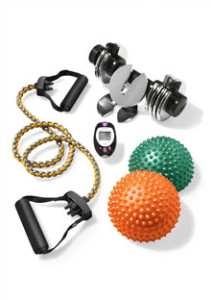 Treadmill
Treadmill- Hand weights
- Resistance bands and tubing
- Stability balls
Exercise Mat
Exercise mats are required for most of the strength training, stretching, balancing and flexibility enhancing exercises. Ability to maintain a firm grip and providing a non-slippery surface are its main functions.
Therefore, go for a non slip thick carpet. Also, make sure it’s cushioned enough to support your hands and feet, yet rough enough to maintain a steady grip.
‘Workout Trends‘ Recommends:
Stationary Bicycle
Stationary bikes can be a great investment for those who want to work out indoors while watching TV or looking after kids. It is easy to use and requires no special training. However, if not chosen with care, it can certainly become uncomfortable in the long run. Look for a comfortable and adjustable seat, and an electronic readout to keep track of pace, distance covered and calories burned, etc.
Apart from these, there are a lot of other things to be taken into consideration like space, price, construction and built, ease of maintenance, etc.
Read: Complete buying guide for an exercise bike
‘Workout Trends‘ Recommends:
Treadmill
The kind of treadmill bought depends a lot on the user. User’s weight, purpose of buying a treadmill, usage, etc. can influence the choice. Look for one with 1-1.5 horsepower and at least 48 inch long belt deck. Taller people, who take longer strides might need more than that.
Apart from these, there are a lot of other things to be taken into consideration like space, price, construction and built, ease of maintenance, etc.
Read: Complete buying guide for a treadmill
‘Workout Trends‘ Recommends:
Hand Weight
Hand/free weights, or dumbbells as they are called, are used for strength training. They are easily available and don’t require much of a training before use. They come in two kinds – adjustable and constant. When going for constant, buy several pairs: 5-pounds, 10 pounds, 15 pounds and so on. As for adjustable, they come with plates which can be screwed on the bar and used as per requirement.
While adjustable may feel easy on the pocket, they eat up most of your time in unscrewing and screwing them back on. So weigh in your options well before you go for any of these.
‘Workout Trends‘ Recommends:
Resistance Bands and Tubing
If you have been looking to get started with advanced strength training exercises, but do not want to spend a lot of money on expensive gym equipment, or you want something you can travel with, then resistance band is the answer. Resistance or exercise bands can be used for over 100 exercises as well as for physiotherapy needs. Due to their lightweight and easy to carry nature, they are the ideal workout apparatus to exercise in the comfort of your home.
When compared to each other, bands offer more resistance than tubes. Each color is different from the other in degree of resistance or tension. Yellow color bands offer the least resistance, whereas the darker ones the highest.
Read: A complete buying guide for resistance bands
‘Workout Trends‘ Recommends:
- Aylio 3 Loop Bands for Exercise
- Black Mountain Products Resistance Band Set with Door Anchor, AnkleStrap, Exercise Chart
Note: Resistance bands are made of latex rubber, which some people might be allergic to. In such cases, go either for another material, or hand weights.
Stability or Swiss Balls
Stability balls are a superb way to strengthen the core and back, while working on other body parts with weights. They also help with balance and flexibility. Since they come in a variety of diameters, you need to buy the correct size ball for your height. If you are close to the cut off point between sizes, try testing out both sizes, and see which works best for you.
Here are basic guidelines to follow:
4’11” to 5’4″ height: 55 cm ball
5’4″ to 5’11” height: 65 cm ball
5’11” to 6′ 7″ height: 75 cm ball
An exercise ball, with proper size, makes for an active chair when sitting at a desk. So that’s your clue.
‘Workout Trends‘ Recommends:
3.1.5. Be a smart fitness shopper – 7 smart tips
In most cases, the only thing you need to embark on your fitness goal is not the equipment but a commitment with self. So go for monetary investment in equipment only if you are very serious about it.
Also, we’d suggest you to go to a local fitness club and take a one month membership. Try out all kinds of equipment. Find what suits your style and comfort. Of course, the salesman will allow you to test the equipment, but he might hide certain flaws or attempt to sell you something you might not use later. A stress free test drive of all kinds of exercise equipment at the health club is hence, a better idea.
If you decide to buy any of that equipment, then tips on the following page will help you choose.
1. Do your homework:
Read all kinds of buying guides available and make note of points that you most need to take care of, things you compulsorily would want in your equipment, and even those which you can do without. Go through reviews and real user experiences.
2. Invest Wisely:
As already stated, cardio should be the centrepiece of your workout. So it’s better you invest your biggest bills in a high-quality cardio equipment, and buy less expensive strength training equipment.
3. Trust your instincts:
Stay away from too good to be true transformations, workouts claiming extensive calorie burning capacity, or spot reduction from belly or butt. Most are just exaggerated claims to market that product. Go for one that really speaks to you. Always know that the best and most permanent transformation takes time, energy and dedication.
4. Make use of money back offers:
If any dealer provides you a money back guarantee, it is a nice idea to test drive the equipment first and decide later. Even if you have found it good enough in the local gym.
5. Read what is not being said:
If a dealer is trying to push certain equipment your way, then it should ring your alarm bells. Read the fine print, installation charges, shipping and handling, taxes, etc.
6. Deflate the fancy: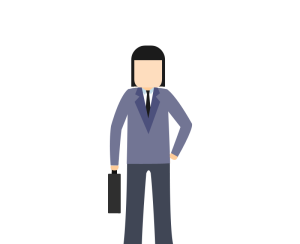
A computerised feedback, a great touch panel, etc. might blind you to other potential flaws in the product. Look for features that matter to you, which you will use every time. Additional features are only to lure the customer and inflate the price. Make use of the “feature list” you made earlier here.
Water bottle holders, reading rack, tension adjusters, etc. may not be very fancy but come in handy while exercising.
7. Learn the form:
When you are ready to invest in a home gym, hire a trainer for a week or two. Using the equipment without knowing the proper technique can be dangerous, and harm you in ways you cannot anticipate. Many dealers offer a crash course training too. Ask them if they could help you here.
3.2 Tracking Your Progress
The fitness test you did earlier to assess your present fitness level can be used time and again. Use it after every month, so you can know how fit you have become since the last month, and so you can plan a better exercise course for the coming month. This will be your new ground zero. A new baseline.
Note down the values on the calendar itself. This approach will always keep your body challenged and you’ll never hit a plateau as you’re slowly levelling up each month.
We believe our previous sections have already taught you how to level up your game once you begin to feel it is easy for you.
For Strength Training
You can choose to increase the number of reps, or introduce external weights.
For Aerobic Training
You can now compete with time. Doing more laps in the same 20 minutes. See how your perceived level of exertion has changed.
For Stretching and Balancing
See how deep or for how long can you hold a pose. This will let you know your progress. Resting heart rate is another indicator of fitness. It tends to decrease with increase in fitness level. So, take your pulse every month and see if it has dropped a few points. Even if it has not, there’s nothing to worry about.
There are other things that can serve as an indicator to good health – may be a dress that has gone airier, less bulge on the sides, stairs feeling easy for you, improved sleep cycle, or an energetic fresh feel throughout the day.
There are a lot of apps as well that can help you in this process. We tried most of them and made a list of ten best apps out there which are easy to use, and produced best results, in terms of both tracking and motivating.
Here is a list some of the most used and best apps for fitness:
1. Cruise Control
This app scans your music library to choose songs that’ll help you reach your respective goals. Every beat of the music syncs up with your foot strike.
Price: $4.99.
Platform: iOS.
2. Runtastic
Runtastic is a personal tracking app for running, biking, and other fitness activities that allows users to analyze and share data. It now comes with a feature of measuring hydration levels too.
Price: Free.
Platform: iOS and Android
3. Cody
This app offers users inside connections to a fitness community where they can share and discover workouts (complete with video, photo, and text instructions) by following new and old friends.
Cost: Free.
Platform: iOS.
4. Argus
Argus is pretty much a health diary you don’t have to remind yourself to write in. It tracks everything – your every step, cycle, sip, pound, snore and more. Constantly processing your routine, it produces detailed charts that help make sense of biofeedback data points to improve overall wellbeing.
Price: Free.
Platform: iOS.
5. Human
It is a casual fitness app that encourages you to take on the “Daily 30”. 30 minutes of physical activity every day, whenever and in whatever way you want. Walk, run, skip, gallop—Human tracks your movement and lets you know when you’ve achieved your Daily 30.
Price: Free.
Platform: iOS.
6. Roadid
It is perfect for runners, cyclists, hikers, walkers, and skiers who often find themselves on adventures. RoadID allows friends or family to track you while you’re out. They don’t need the app; they just need a web browser and your username to monitor your progress and safety.
Price: Free.
Platform: iOS.
7. Performance Stretching
It is a video-based app with more than 150 stretches loaded to help prevent injuries. It helps improve athletic performance to prepare the body for exercise and provides static and foam roller stretches for cool downs.
Price: $2.99.
Platform: iOS.
8. NIKE+
It uses the Phone’s accelerometer and GPS to get a reading on your speed and location. It also comes loaded with a power song function for when the going gets tough.
Price: Free
9. RunKeeper
It tracks GPS, allows to create workouts, routes, music mixes, and just about anything else you would want from a running app. It’s cross-platform, so if you jump ship from iOS to Android (or vice versa), you can keep all data.
Price: Free
10. Strava
It boasts a solid GPS app that doesn’t kill your battery, and super simple user interface. Just launch the app, and it’ll start tracking. From there, you can go on a bike trip or anywhere. When you’re done, you can look at all kinds of stats.
Price: Free
How should you plan to achieve your ambitious fitness goal?
If you someday wish to run for marathon, you cannot jump right from the bed and start running 5k on the first day of resolving. That’s unrealistic.
Begin by setting a long term goal. Now, break it into smaller monthly goals, say running 2k by the end of this month and 3k by the end of next. Then, further chunk it into weekly and daily targets. Along the way, keep tracking and keep rewarding yourself for your micro-achievements.
These will keep you motivated.
3.3 Staying motivated.
After you have all the results, apps to track and a supportive community, there is no way anything can stop you from getting fit. Except one.
Unexpected illnesses.
Now, the challenge is how to get back into the exercise mode and where to begin. It is important to know here that you really DON’T need to spend time or energy in feeling defeated or guilty that your past efforts have gone down the drain.
- Just take another fitness assessment and from your past improvements, judge where you need to begin.
- It’d be better if you just start with any physical activity that you enjoy doing.
- Keep a tempting reward ready for yourself, which you can indulge in once you finish your first task.
The art of rewarding yourself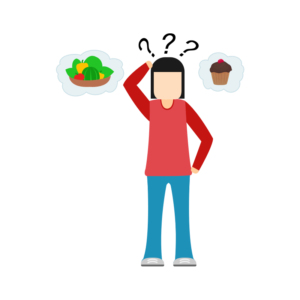
Rewarding oneself post achievement of a weekly goal is crucial. It keeps you motivated and helps you stay consistent in your endeavour.
But deciding how to reward is where most people go wrong. Eating a cupcake after week of abstinence from all kinds of carbs and desserts sounds sensible. And okay. But having a full meal of high calorie desserts? Definitely, not.
It is like going back to square one every weekend. So reward yourself in a manner that it further boosts your “I’m going to be healthier” spirit:
- A new playlist
- A new exercise equipment or pair of shoes
- A weekend spa or extra round of the mall
- A new jeans of smaller waist
- Small treat of guilty indulgence
- Exploring a part of the city or countryside
- Going for a rock concert
These are just some ideas. You can have your own. But keep in mind to align them with your fitness goals.
Choosing a playlist
Kind of music one listens to while working out can have a great impact on the outcome. Some people respond better to rapping and drums etc., while some prefer pop dance numbers. It is a matter of personal preference. So to find what works for you, you need to experiment a little. Begin with your favorite songs. See how you performed.
Measure that performance using any app or gadget discussed in the previous sections.
Now, try a different genre. See, if it makes you deliver a better performance. Different kinds of workouts might also require different genres of songs. Most people like rapping and metal in background while strength training and aerobic, and melodious songs while slow running.
Professionals with shortage of time, can use the treadmill time for updating themselves on the current affairs of the world or pod-cast interviews. Here is a list of 10 songs to get you started: Workout Playlist
Reading for Consistency
Signing up for a health and fitness magazine, or blog is another wonderful idea that serves as a reminder of your resolution. It keeps you updated on the latest trends, gives new ideas to try out and maintain freshness in your schedule. It can also help you find out other ways to keep your commitment in check, like outdoor activities to enjoy with family, weekend getaway options, latest exercise equipment, new fitness moves, etc.
Some of the best and most loved magazines are:
For help in choosing, read this article: Best Fitness Magazines
If you are not looking for another monetary investment, following a blog may be a great idea to stay on track. Here are few good blogs to follow:
(of course, you gotta read our blog too )
Other best blogs can be found here: Top 15 Health and Fitness Blogs
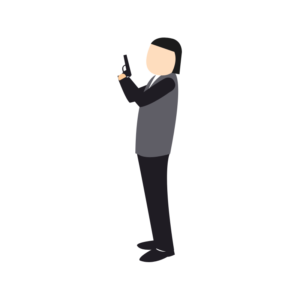 Taking charge of your unruly habits
Taking charge of your unruly habits
While we have been telling you all about creating healthy habits by starting small, there are some habits which can ruin it for you. Unruly, stubborn, bad habits are trying to invade in all the time and stopping us from keeping any kind of long term schedule.
Here, we are not going to tell you, which habits you need to get rid of. Because there is a reason why we made them in the first place. So make a list of habits which bring you maximum loss, and write down the reason it became a habit. Then think, if this habit still needs a place in your lifestyle. If not, then let go of it. Don’t get rid of it. Huh?
Confused?
Getting rid of it sounds tough. Like deciding and throwing out a part of your daily life. But this does not usually happen. So let go of it, slowly and steadily.
Here, this article will teach you how to do it: Taking Charge of Your Unruly Habits



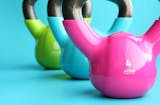
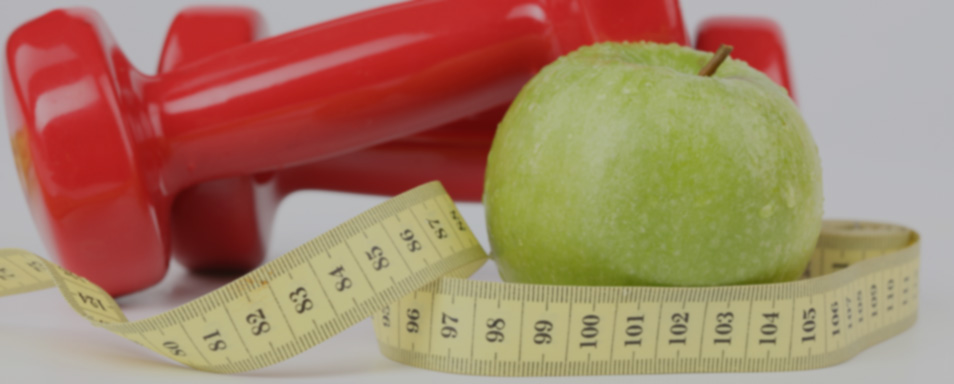
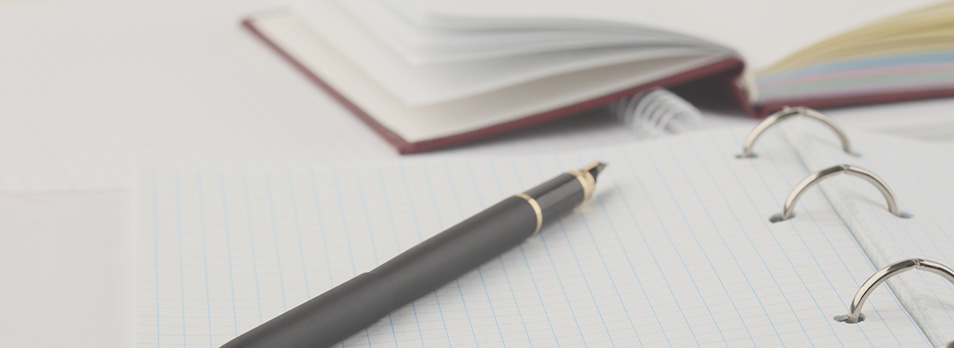
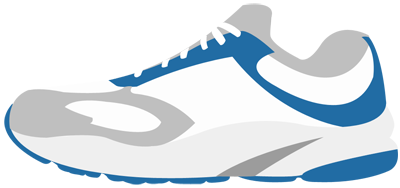
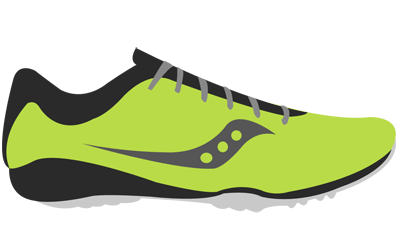
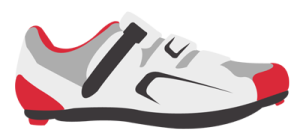
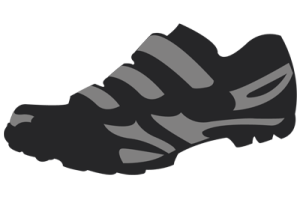

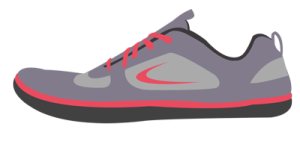
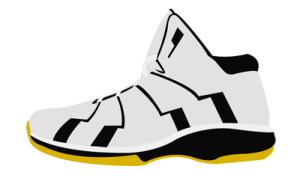
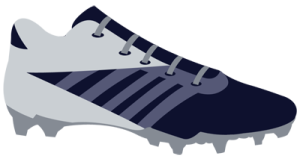
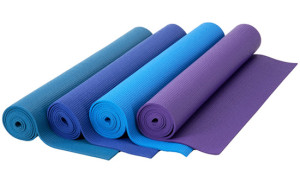

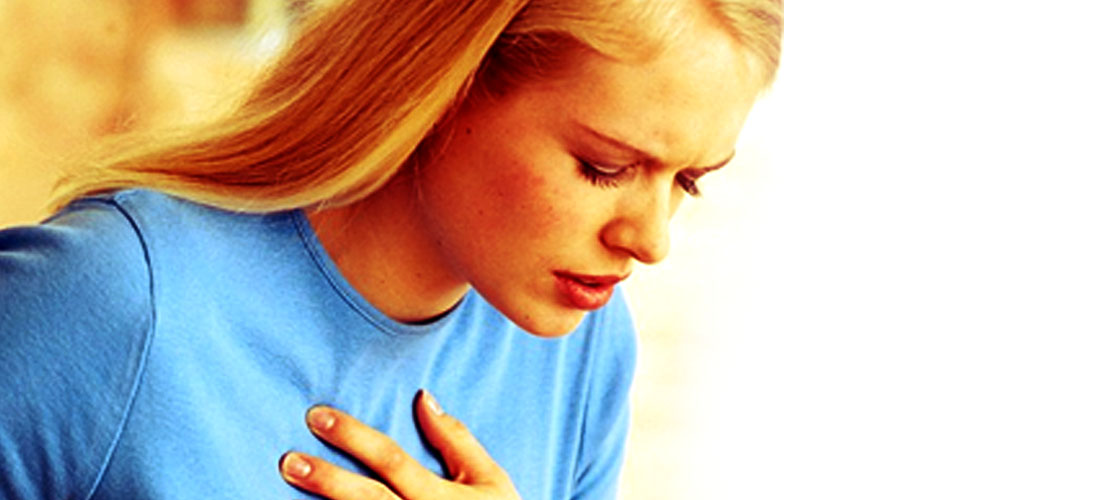

Daljeet Arora
Amazing information